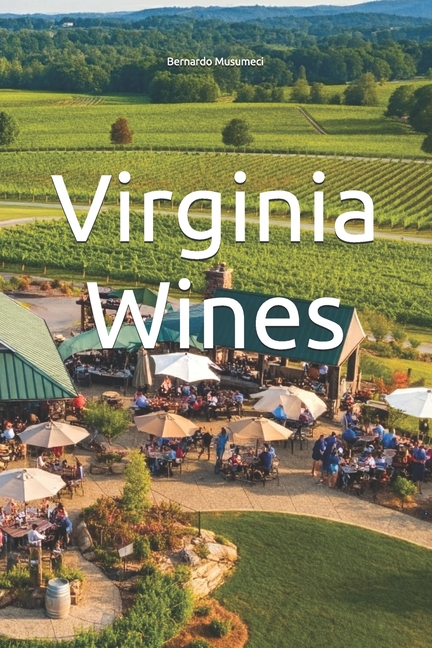Description
Welcome wine lovers! Presentation of Virginia and its rich history in American winemaking.
Celebrating the Renaissance: A journey through the evolution of winemaking in Virginia, from the pioneers to the present day.
Exploring diversity: An invitation to explore the different terroirs and growing variety of Virginia wines.
Virginia Terroir: Uncovering the Influence of Climate and Soil
Geography and Climate:
The Prime Location: Exploring Virginia's different wine regions and their microclimates.
The influence of the Atlantic and the Appalachian Mountains: Sea breezes, altitude and the impact on vine cultivation.
The continental climate and its challenges: Hot and humid summers, cold winters and the adaptation of grape varieties.
Virginia soils: Diversity of soils, from clay to granite, and their influence on the character of wines.
Virginia Grapes: Exploring Diversity and Potential
Bordeaux Varieties:
Cabernet Franc: Virginia's emblematic grape - elegance, structure and expression of terroir.
Merlot, Cabernet Sauvignon, Petit Verdot: Other Bordeaux varieties and their role in our blends.
Other Paint Varieties:
Tannat, Norton, Chambourcin: Exploring American and hybrid grapes with potential in the region.
White Grapes:
Viognier: The white grape that stands out in Virginia - floral, fruity aromas and complexity.
Chardonnay, Sauvignon Blanc: Other white varieties and their expressions in Virginia terroir.
Winemaking in Virginia: Tradition, Innovation and Sustainability
Vineyard Management:
Cultivation techniques and the challenges of Virginia's climate.
The importance of sustainability: Practices that respect the environment and guarantee the longevity of viticulture.
Wine Making:
Winemaking techniques: From tradition to new technologies.
The use of oak: Types of barrels and their influence on the style of wines.
Natural and Biodynamic Wines: A Rising Trend in Virginia.
Virginia Wines: A Tasting Guide
Sensory Profiles:
Reds: Elegance, structure, soft tannins, red fruits and spices.
Whites: Freshness, floral and fruity aromas, minerality and complexity.
Rosés: Lightness, red fruits and refreshing acidity.
Sparkling wines: Vibrant acidity and delicate aromas.
Harmonization:
Exploring the best food pairings for Virginia wines.
From local cuisine to international dishes: Pairing suggestions for different occasions.
Wine Tourism in Virginia: A Complete Experience
Enogastronomic itineraries:
Uncovering the main wine routes in Virginia.
Visits to wineries, tastings and authentic experiences in stunning landscapes.
Tourist Attractions:
Exploring Virginia's natural beauty: mountains, rivers, lakes and national parks.
Culture and history: Visit to historic cities, museums and archaeological sites.
Local gastronomy: Culinary delights that complement the wine tourism experience.
The Future of Winemaking in Virginia
Challenges and Opportunities:
Climate change, sustainability and the future of production.
The role of innovation and technology in Virginia viticulture.
Virginia's Potential:
Consolidating Virginia's reputation as a producer of world-class wines.
A look at the future of viticulture in the state and its role on the global stage.
Product Details
- Jul 10, 2025 Pub Date:
- 9798291889848 ISBN-10:
- 9798291889848 ISBN-13:
- English Language




